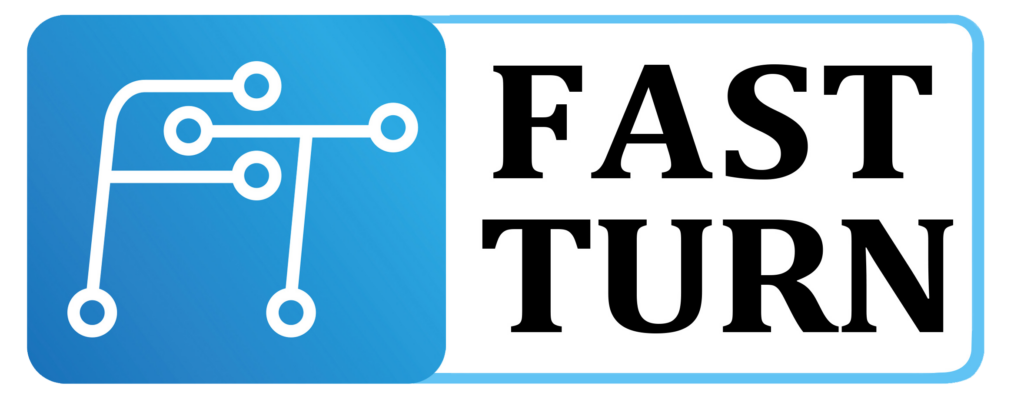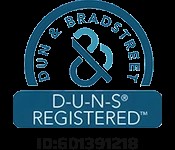Unraveling the Advancements and Versatility of Flex PCBs
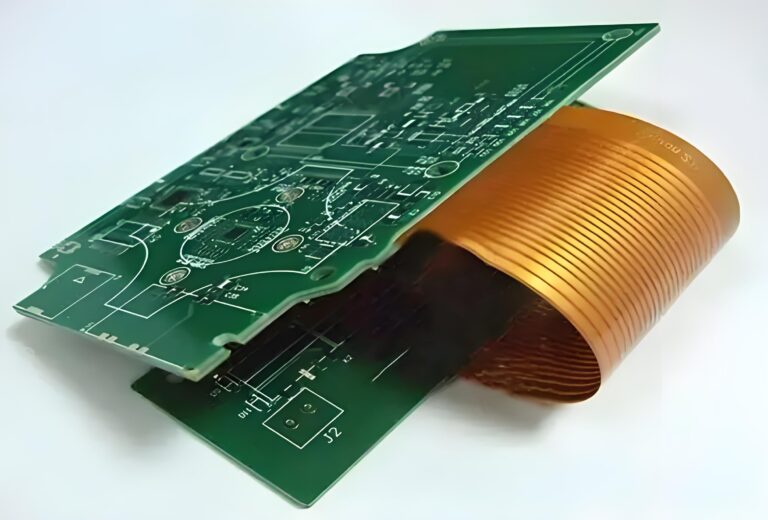
In the bustling world of electronics, the demand for miniaturized and versatile components continues to rise. An ingenious innovation stands at the heart of this modern revolution, the Flexible Printed Circuit Board or Flex PCB. Characterized by its thin profile and malleability, this versatile technology has taken the electronics industry by storm, proving integral in various applications, from medical devices to consumer electronics and aerospace systems.
Storage conditions for PCB circuit boards
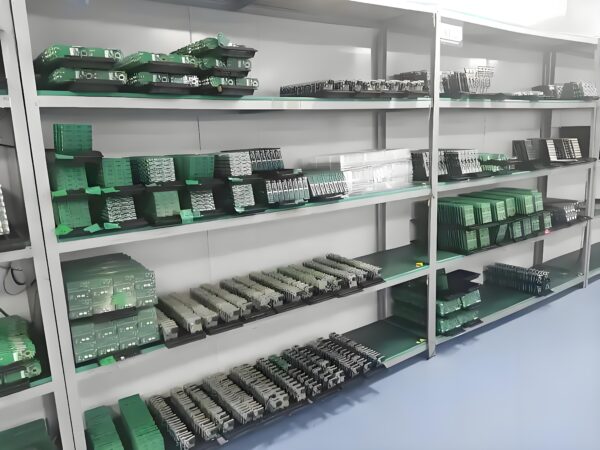
Proper storage is crucial for the quality and reliability of PCBs. Temperature and humidity control, anti-static measures, appropriate storage methods, and regular inspections can effectively extend the service life of PCBs.
Reasonable storage not only helps improve the reliability of products, but also provides a solid guarantee for subsequent production and assembly.
What is the difference between PCBA processing and SMT processing?
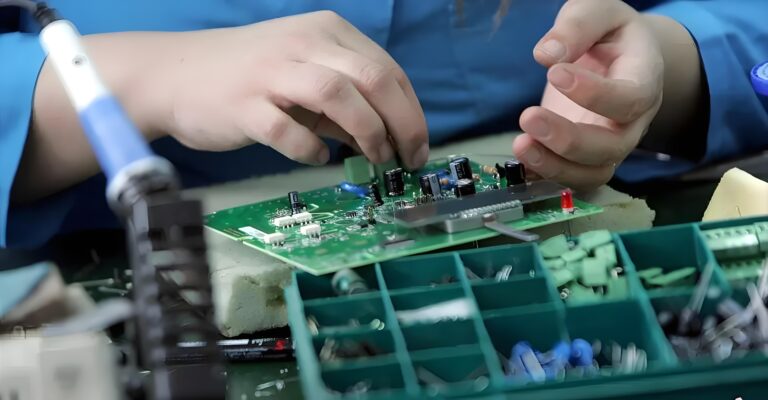
PCBA processing is the process of assembling printed circuit boards, components, etc. In this process, it is necessary to fix the components on the circuit board to the printed circuit board by soldering, forming a complete electronic circuit system. PCBA processing usually includes processes such as component procurement, SMT assembly, DIP plug-in, testing, and packaging.
SMT point calculation quotation
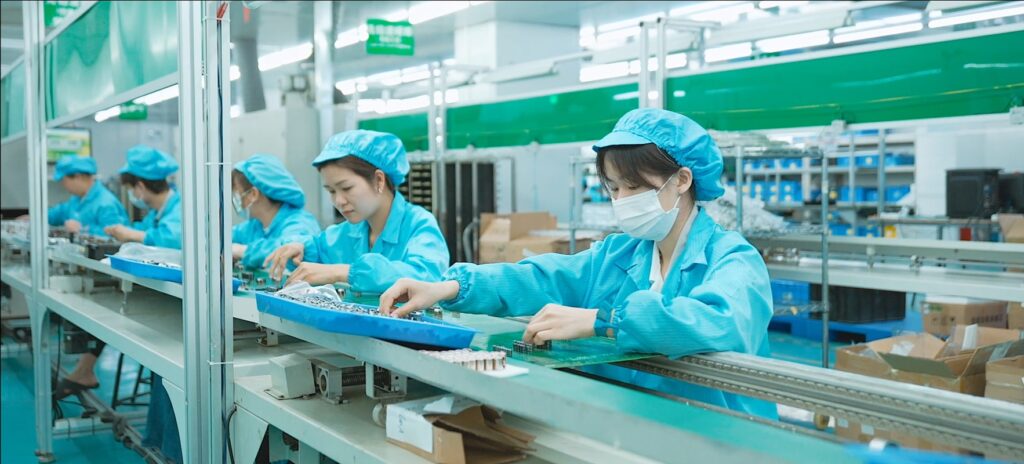
In SMT chip placement processing, calculating the number of points and quoting is crucial, involving factors such as the quantity, type, board, and order quantity of components. Accurate accounting, rational design, long-term cooperation, and flexible adjustment of orders can optimize quotations, control costs, and improve procurement efficiency.
What are the commonly used SMT programming software
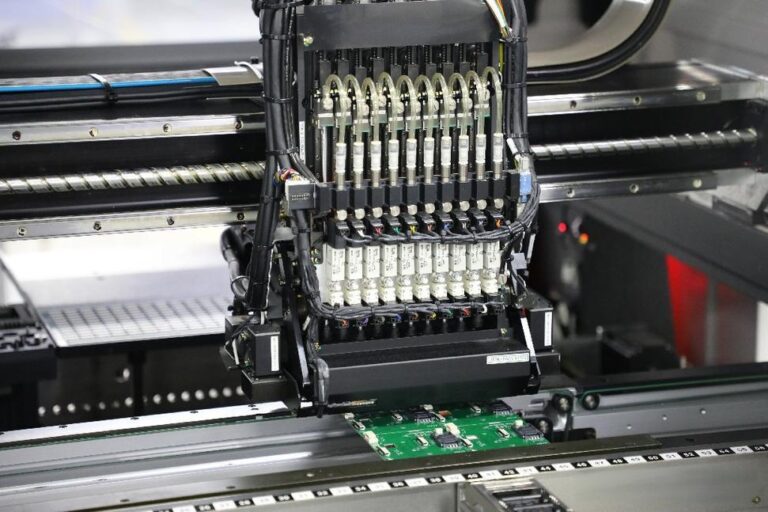
In SMT (Surface Mount Technology) programming, there are various commonly used software with different characteristics and functions. The following are some of the main SMT programming software:
What industries are suitable for small batch SMT surface mount processing?
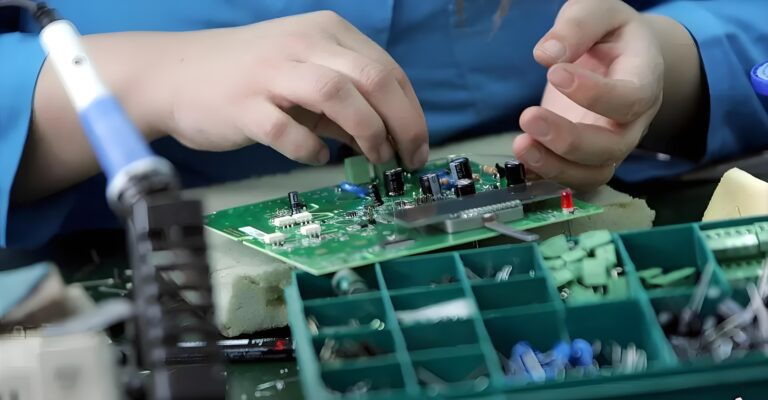
In today’s rapidly developing electronic manufacturing industry, small batch SMT surface mount processing services are gradually becoming a favored choice for many industries. This service model is not only flexible and efficient, but also effectively reduces production costs and risks, making it particularly suitable for industries with customized and diversified needs for electronic products.
Below, we will discuss in detail which industries are suitable for small batch SMT surface mount processing services.
Comprehensive Analysis of the SMT Process Flow in Electronic Manufacturing
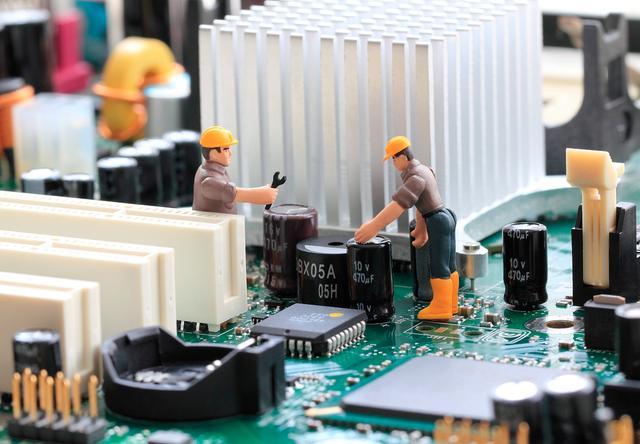
SMT (Surface Mount Technology) is an efficient and precise electronic component assembly technique widely used in modern electronic manufacturing.It achieves high integration, compact size, and lightweight electronic products by precisely mounting surface mount components on a printed circuit board (PCB) and connecting them through soldering.
Seven core advantages of PCBA one-stop service
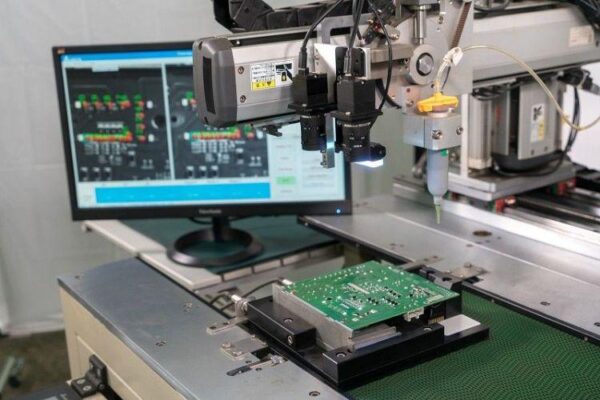
PCBA one-stop service refers to entrusting the entire PCBA process, including design, procurement, processing, testing, etc., to a professional PCBA manufacturer. This approach has significant advantages in simplifying processes, reducing costs, ensuring quality, providing one-stop services, optimizing management, flexible production, and technological innovation
Detailed steps and operation guide for BGA soldering
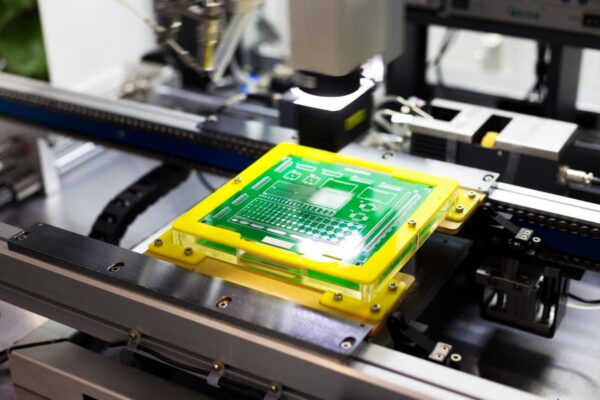
BGA soldering is a process of packaging chips in a spherical matrix and connecting them to solder pads on a circuit board through solder balls. BGA soldering is a technically demanding and operationally complex process that requires strict adherence to process specifications and operating guidelines to ensure soldering quality and reliability of electronic products. The following are the main steps of BGA soldering:
Selection criteria for circuit board substrates
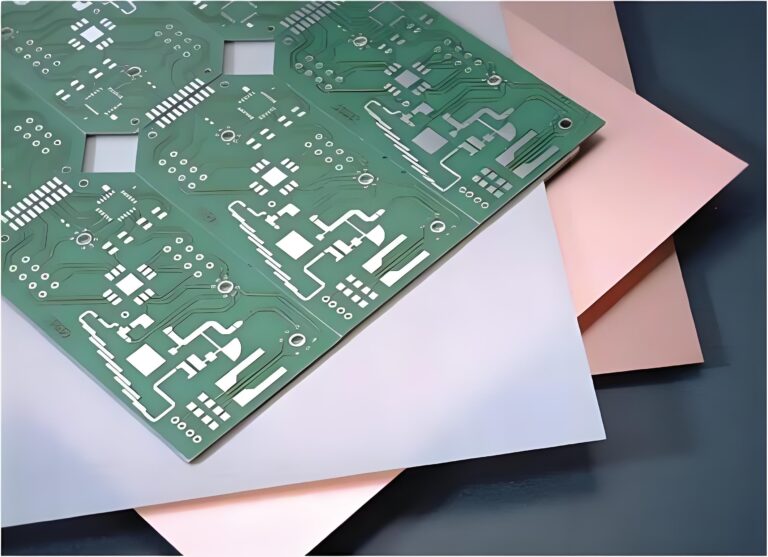
The performance and reliability of a circuit board largely depend on the selected substrate, which not only carries circuit components but also provides electrical insulation, mechanical support, and thermal management functions. Therefore, when selecting circuit board substrates, multiple factors need to be comprehensively considered to ensure the quality and performance of the final product.
How to deal with micro components and complex wiring in high-density circuit board assembly
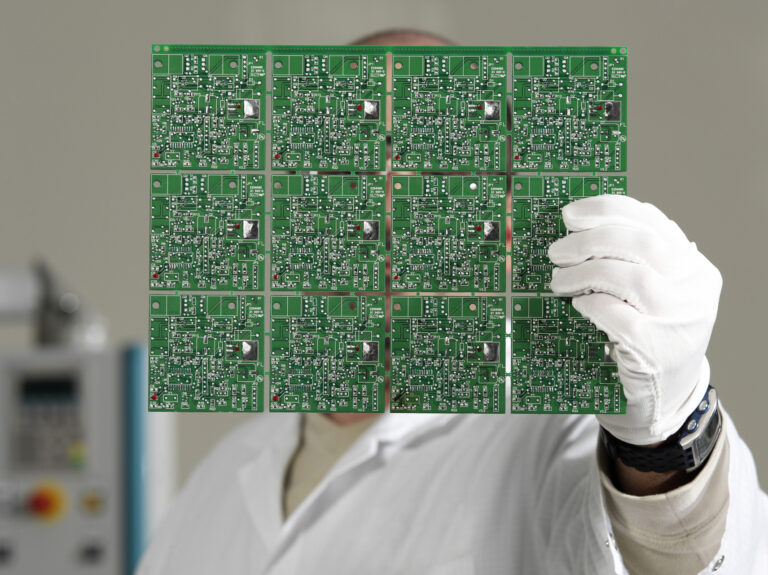
With the rapid development of electronic technology, the application of high-density circuit boards (HDBs) is becoming increasingly widespread, especially in fields such as smartphones, wearable devices, and medical electronics.However, the assembly of HDB faces many challenges, especially the use of micro components and the implementation of complex wiring.
How to choose between PCB hard board and FPC soft board?
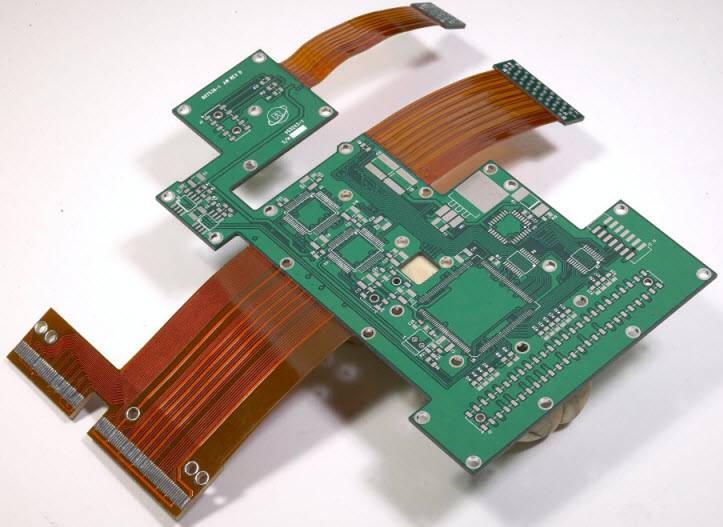
According to their different materials and characteristics, PCBs are mainly divided into two categories: rigid PCBs and flexible PCBs (FPC). These two types of circuit boards have significant differences in structure, performance, and application areas. So, what factors should we consider when choosing PCB hard board and FPC soft board?
